
Mom Didn't Understand What Her Daughter Was Saying & It Led to Arguments – But It Was the First Sign of a Deadly Diagnosis
A mother had spent her life as a successful attorney — sharp, accomplished, and capable. So when she began having trouble calling Ubers, remembering names, or completing simple errands, her intelligence masked the decline. But it didn't take long before her family realized something far more serious was unfolding.
When a mother started telling her daughter she didn't understand her, it seemed like a small issue. Maybe it was just stress. But it kept happening more often. Things became more tense. They argued more, and the easy connection they once had was slipping.
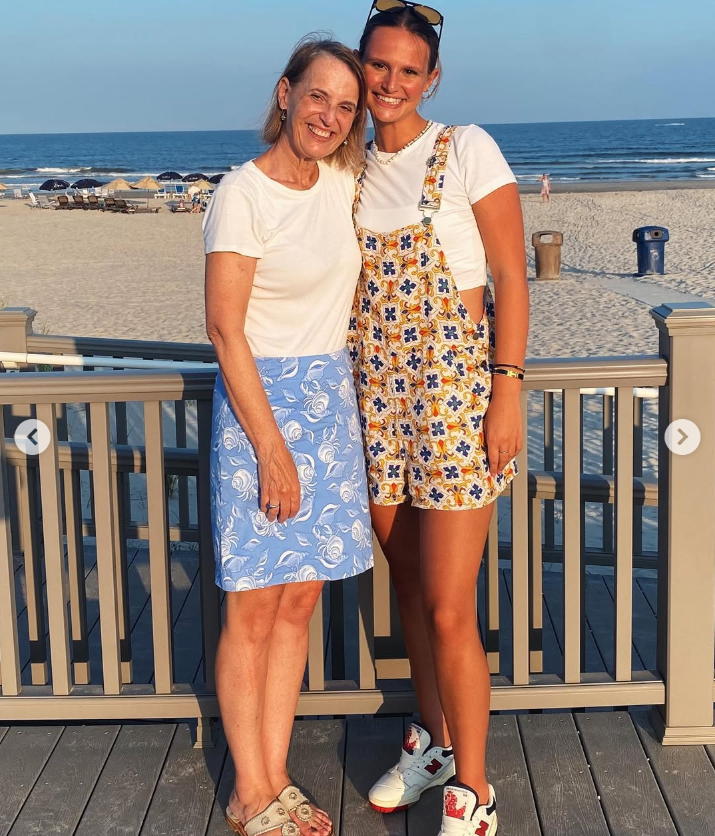
The mother and daughter, as seen in a post dated August 28, 2021 | Source: Instagram/catystanko
Something bigger was going on. Her mother was showing early signs of a neurological disease. It crept in quietly, and by the time they found out, their lives had already begun to change forever.
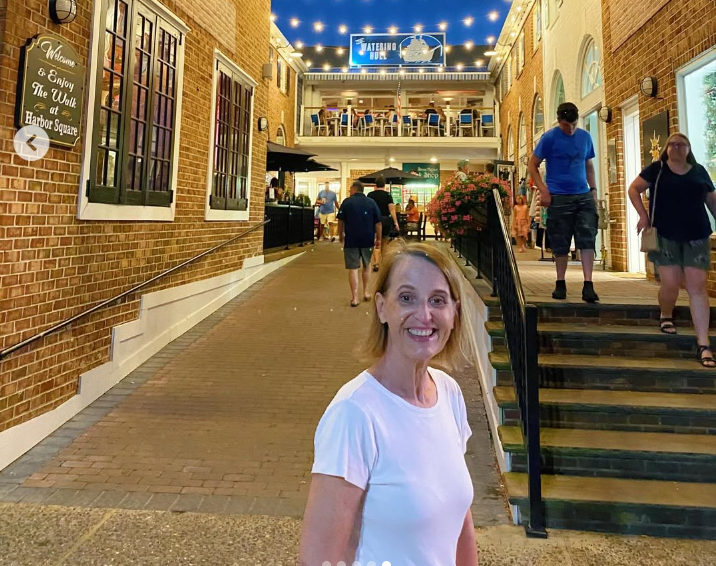
The mother smiles at the camera as seen in a post dated August 28, 2021 | Source: Instagram/catystanko
Growing Distance Between a Mother and Daughter
After graduating from college in 2021, Caty Stanko returned home expecting familiarity. Instead, she found a growing disconnect with the person who had always known her best. For most of her life, Stanko had been inseparable from her mother.
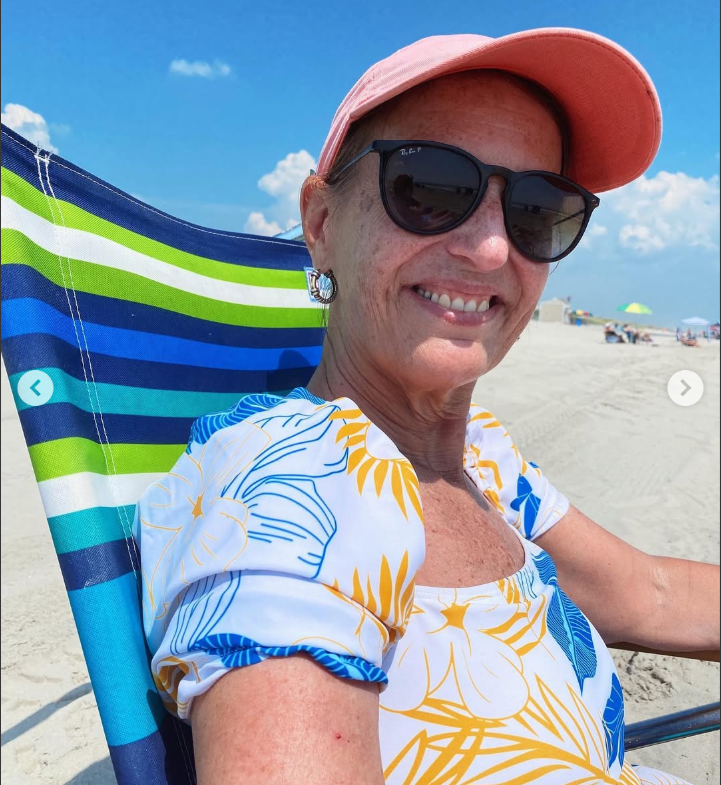
Caty Stanko's mother, as seen in a post dated August 28, 2021 | Source: Instagram/catystanko
They shared everything — mannerisms, appearance, humor, and an intuitive understanding of one another. But at the time, even simple conversations seemed to break down. It wasn't that her mother disagreed with her. It was as though she genuinely couldn't follow what was being said.
The communication breakdown left Stanko feeling like she was back in her teenage years, caught in constant arguments that seemed to come out of nowhere. She assumed the tension stemmed from stress or shifting roles, but the frequency and intensity of their misunderstandings kept growing.
Her mother had built a career as an accomplished attorney, an intelligent, sharp, and capable woman whose mind had always been her strongest asset. In those early stages, her intellect still helped her navigate everyday life, compensating for the subtle changes no one could yet explain.
But over time, even that sharpness couldn't conceal the change in her. Her mother began forgetting the names of cousins, struggling to call Ubers, and finding routine errands increasingly difficult. These weren't one-off moments. There were signs that something more serious might be happening.
Stanko noticed the shifts first, but other family members gradually began to see them, too. And while no one wanted to assume the worst, they were starting to worry.
Despite her continued efforts to maintain a sense of normalcy, Stanko couldn't ignore what was happening. In October 2021, she turned to the internet, searching for terms like "aphasia" and "dementia."
As soon as the search results appeared, Stanko immediately recognized the patterns. She felt her stomach drop. Though no diagnosis had been made yet, she felt certain — this was it. Several months later, in May 2022, the diagnosis was confirmed: frontotemporal dementia, also known as primary progressive aphasia.
Her mother was 63. The average life expectancy after diagnosis was about seven years. But even then, the decline seemed faster than expected. For someone so recently active and articulate, the speed of progression was difficult to accept.
What Is Frontotemporal Dementia?
Frontotemporal dementia (FTD) is a rare brain disorder that affects the frontal and temporal lobes, areas of the brain responsible for language, personality, and behavior. In FTD, parts of these lobes begin to shrink, a process known as atrophy, which leads to a wide range of symptoms depending on the region affected.
FTD is often misdiagnosed as Alzheimer's disease or a psychiatric condition because the early symptoms can look similar. But unlike Alzheimer's, FTD typically appears earlier in life, most commonly between the ages of 40 and 65. It accounts for roughly 10 to 20 percent of all dementia cases.
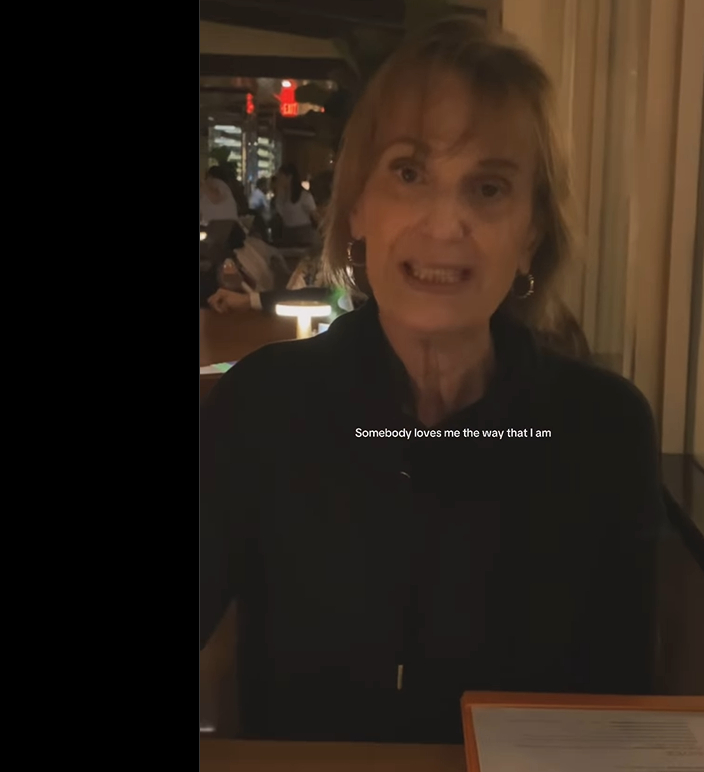
Caty Stanko's mother, as seen in a post dated December 22, 2024 | Source: Instagram/catystanko
There are two main categories of symptoms: behavioral changes and language impairments. Some people experience one set of symptoms more than the other, though many develop overlapping issues over time.
Behavioral symptoms include:
- Increasingly inappropriate social behavior
- Loss of empathy or emotional sensitivity
- Poor judgment
- Apathy, or lack of interest in activities or relationships
- Loss of inhibition
- Repetitive or compulsive actions, like tapping or clapping
- A noticeable decline in personal hygiene
- Changes in diet, including a strong preference for sweets or carbohydrates
- Compulsive eating or putting inedible objects in the mouth
In Stanko's mother's case, the diagnosis was a subtype of FTD called primary progressive aphasia, which directly impacts a person's ability to use and understand language.

Caty Stanko with her mom, as seen in a post dated December 22, 2024 | Source: Instagram/catystanko
Language-related symptoms may include:
- Trouble understanding or forming spoken and written language
- Difficulty naming objects, often replacing words with vague terms like "it"
- Losing the meaning of common words
- Speaking in short, broken phrases that may sound robotic or incomplete
- Errors in grammar and sentence structure
The disease progresses over time, typically worsening over several years. While the rate of decline varies, Stanko and her family were told that the average life expectancy after diagnosis was about seven years. For her mother, the changes were already advancing faster than expected.
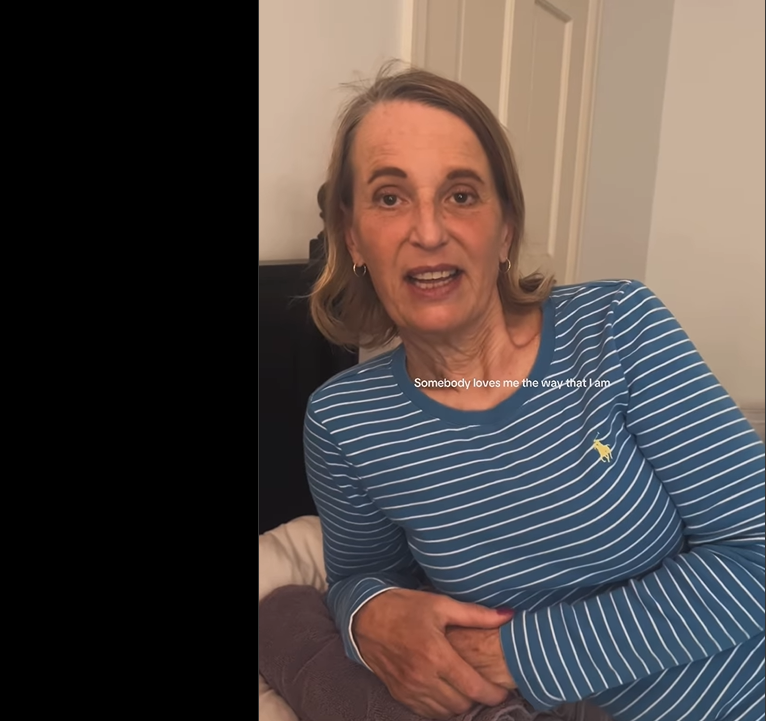
Caty Stanko's mother, as seen in a post dated December 22, 2024 | Source: Instagram/catystanko
Living with the Diagnosis: The Emotional Fallout
The official diagnosis brought answers, but it also brought pain. For Stanko, there was no relief in knowing the name of the disease. Instead, there was a deep sense of isolation, frustration, and grief. She was only 23 at the time, trying to start her adult life while watching the person who had raised her begin to slip away.
What made the experience especially painful was the loss of communication with the one person she had always turned to for comfort. As her mother's condition worsened, a doctor offered her a blunt but meaningful piece of advice.

Caty Stanko dances with her mother, as seen in a post dated December 22, 2024 | Source: Instagram/catystanko
"Live your life. Do everything you said you were going to do, and do it for your mom," she was told. At the time, it felt impossible. The emotional toll affected every part of her life. She found it difficult to maintain friendships and often felt like she was unraveling.
Three weeks after the diagnosis, Stanko left her hometown of Berks County, Pennsylvania, and moved to New York. Her father stepped in as her mother's primary caregiver, while Stanko tried to rebuild a sense of normalcy in a new city. Looking back, she realized that she hadn't been okay at all.
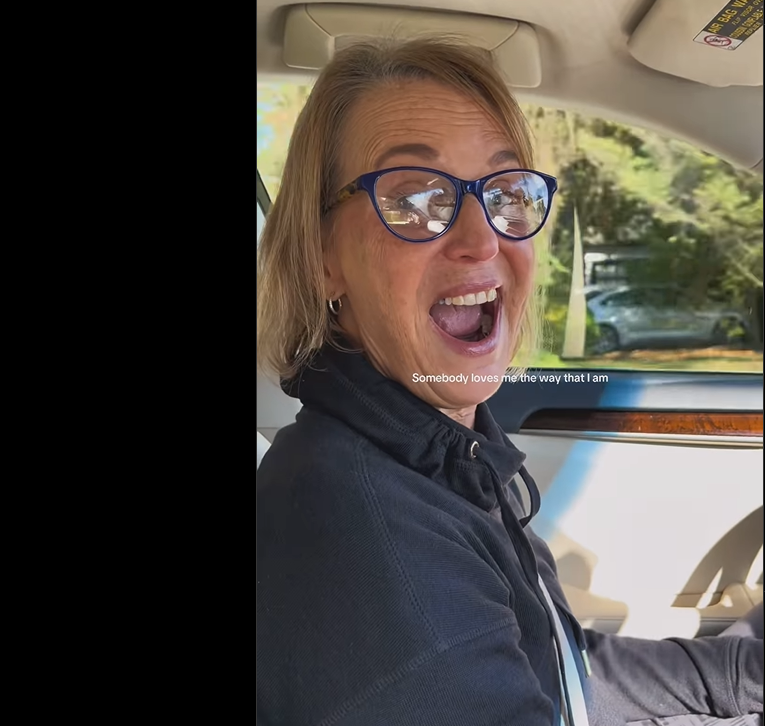
Caty Stanko's mother sings as she drives, dated December 22, 2024 | Source: Instagram/catystanko
She began drinking more than she ever had before, emotionally overwhelmed and unsure of how to process what was happening. Her way of coping stood in sharp contrast to the rest of her family, who tended to keep things private. But Stanko found some relief in being open. Letting people know that her mother was sick helped her feel less alone.
The first year was about survival. She leaned heavily on her three older siblings, their partners, and her father for support. But even with that network around her, the grief came in waves, especially when she began to think about everything her mother would miss.

Caty Stanko's mother smiles for the camera, dated December 22, 2024 | Source: Instagram/catystanko
There would be no wedding dress shopping. No advice on raising children. No long conversations about life's next chapter. The future that had once felt certain was now slipping out of reach. In that uncertainty, Stanko looked for something she could hold on to and found it in the form of movement.
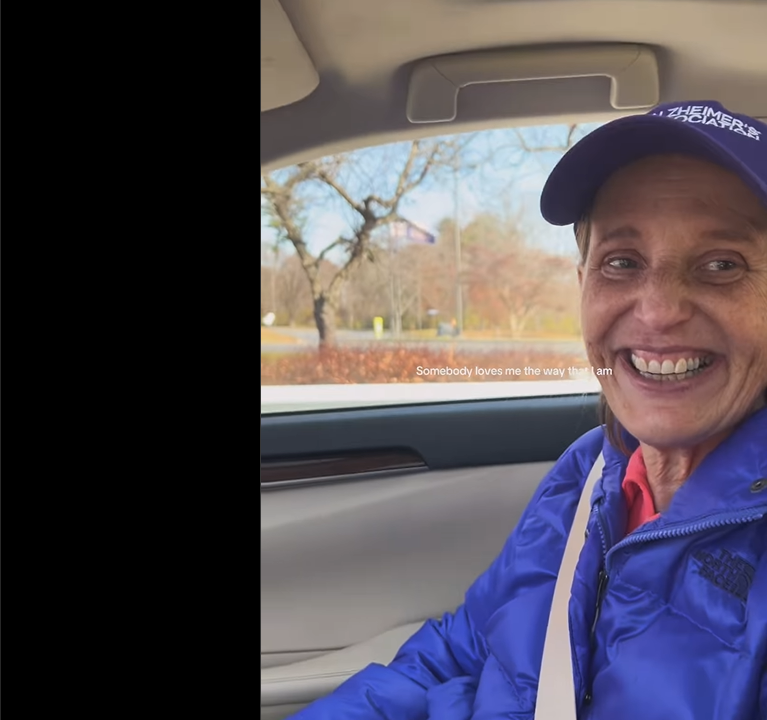
Caty Stanko's mother smiles for the camera, dated December 22, 2024 | Source: Instagram/catystanko
Running for a Reason
Amid grief, Stanko turned to something unexpected: running. Alongside her brother Drew, she made a decision that would help transform her pain into purpose. They would run the New York City Marathon in honor of their mother and raise money for Alzheimer's research.
Though the idea was simple, the process became much more than just a physical challenge. Stanko had never trained for anything like a marathon before. She went from being a casual workout class attendee to someone who ran at least three times a week and committed to strength training. The structure helped her refocus.
Each training session gave her a sense of control and direction in a situation that had felt chaotic. Interestingly, her mother also began to walk long distances, between 30 and 40 miles per week. Stanko and her family believed it was tied to something the doctors had told her early on: that physical activity could help slow the effects of the disease.
For Stanko, the runs were both therapeutic and emotional. Long stretches of training often ended with tears and phone calls to her dad. She would break down mid-run, overwhelmed by sadness or anger. But the movement gave her a place to put those feelings and a reason to keep going.
In November 2023, Stanko crossed the finish line of the New York City Marathon. She and Drew had run every mile side by side, raising more than $12,000 for the Alzheimer's Association in the process. Her time fell somewhere between five and six hours.
Drew, a former Division I athlete, could have finished much faster. But he chose to stay with his sister for the entire race. It was one of many moments in their journey where the strength of the family bond carried them through. Stanko credits her entire family — her siblings and her father — as essential support, not just in that race but in every part of the experience.
What began as one marathon turned into a bigger mission. After completing New York, the siblings set a new goal: to run all six Abbott World Marathon Majors in their mother's honor. Each race would stand as a tribute to her and to everything she had taught them about strength, discipline, and determination.
Stanko reflected on how surreal it all felt. "One of the most twisted, beautiful parts of all of this is that if my mom only really knew what I was doing, it would be crazy," said Stanko. She would have never pictured her daughter as a long-distance runner, and might not fully understand what she is doing now. And yet, she knew her mother would have been proud.

Caty Stanko is captured running a marathon, dated March 22, 2025 | Source: Instagram/catystanko
Carrying Her Mother Forward
Stanko now lives with the awareness that frontotemporal dementia may have a genetic component. The possibility of developing the same disease has shaped how she approaches her health. She focuses on long-term habits — eating less sugar, taking vitamins, ensuring she gets enough protein, and staying physically active.
Her mother is now essentially nonverbal, but Stanko believes the lessons her mother was meant to teach her have already been passed down. Despite the absence of words, their connection remains. Caring for her health, training for marathons, and showing up each day have become her way of honoring that bond.
The illness has also reshaped her perspective. Watching her mother go through a terminal disease has given her clarity about what really matters and what doesn't. Though she would trade everything to take the disease away from her mother, Stanko knows that it isn't possible. What she can do is keep moving forward.
The information in this article is not intended or implied to be a substitute for professional medical advice, diagnosis or treatment. All content, including text, and images contained on news.AmoMama.com, or available through news.AmoMama.com is for general information purposes only. news.AmoMama.com does not take responsibility for any action taken as a result of reading this article. Before undertaking any course of treatment please consult with your healthcare provider.
